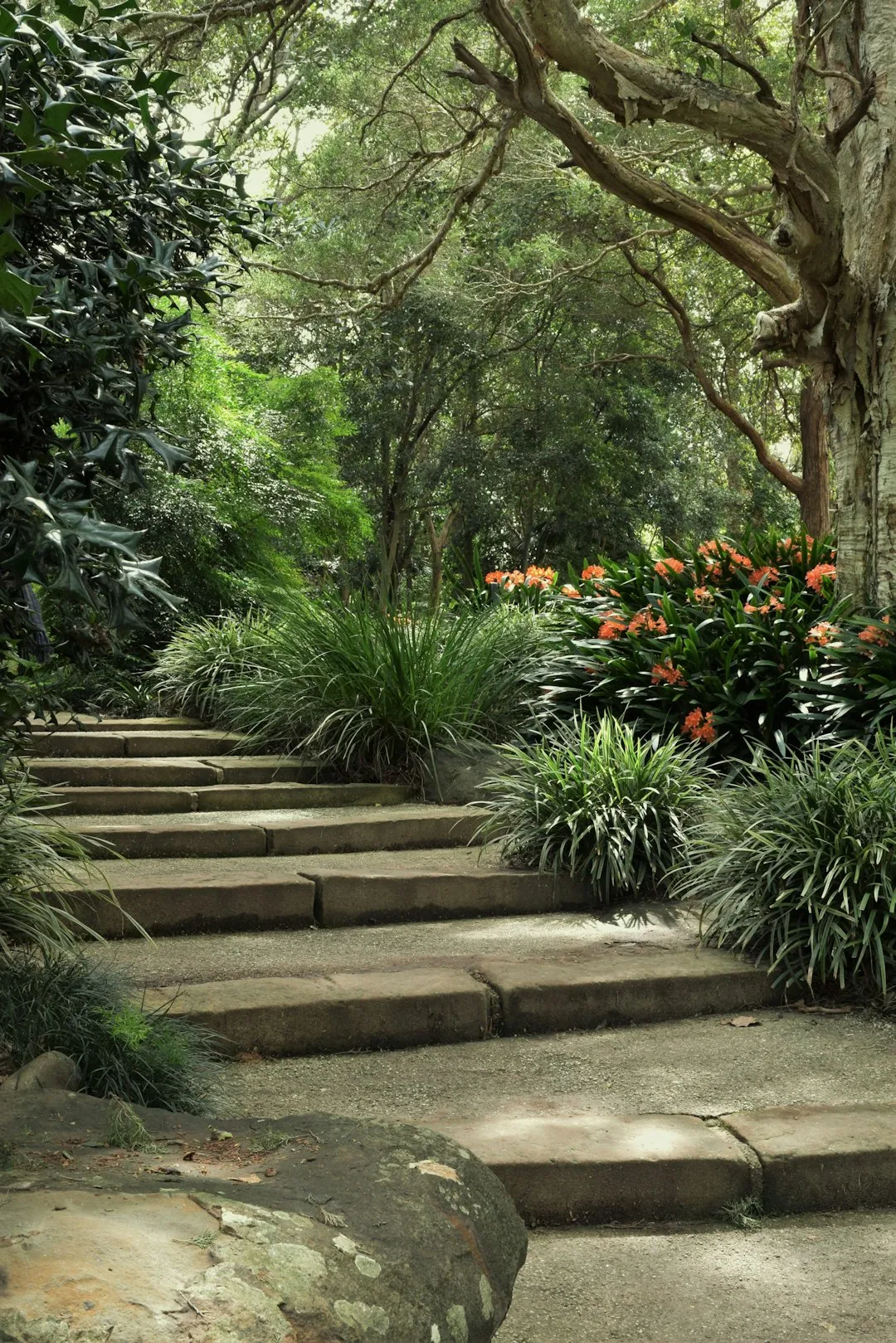Unveiling the Perfect Tree for Your Yard

When it comes to creating a beautiful and inviting yard, trees play a crucial role. They not only provide shade and enhance the aesthetic appeal of the space but also contribute to the overall ecosystem. Whether you are a seasoned gardener or a novice looking to add some greenery to your outdoor area, finding the right tree is essential. In this guide, we will explore the world of trees, shrubs, and vines, specifically focusing on cherry trees, both flowering and fruiting, to help you make an informed decision for your yard.
### The Allure of Cherry Trees
Cherry trees are renowned for their stunning beauty and versatility. They come in a variety of species and cultivars, each with its own unique characteristics. Flowering cherry trees are a sight to behold, with their delicate blossoms that cover the branches in a riot of colors. From soft pinks to vibrant whites, these trees create a magical atmosphere in any yard. On the other hand, fruiting cherry trees not only offer the same visual appeal but also provide delicious cherries that can be enjoyed fresh or used in various culinary creations.
### Factors to Consider
Before selecting a cherry tree for your yard, there are several factors to take into account. First and foremost, consider the climate in your area. Different cherry tree species have different temperature and moisture requirements. Some varieties are more cold-hardy, while others thrive in warmer climates. Research the specific needs of the cherry tree you are interested in to ensure it will be able to survive and flourish in your yard.
Another important factor is the size of the tree. Cherry trees can range from small, dwarf varieties that are suitable for small yards or containers to large, full-sized trees that require ample space to grow. Measure the available space in your yard and choose a tree that will fit comfortably without overcrowding other plants or structures.
Soil quality is also crucial for the health of your cherry tree. Most cherry trees prefer well-drained soil that is rich in organic matter. Conduct a soil test to determine the pH level and nutrient content of your soil. If necessary, amend the soil with compost or other organic materials to create a favorable growing environment for your tree.
### Flowering Cherry Trees
Flowering cherry trees are a popular choice for many homeowners due to their spectacular blooms. Some of the most common flowering cherry tree species include the Yoshino cherry, Kwanzan cherry, and Weeping cherry. The Yoshino cherry is known for its early spring blossoms, which are typically white or pale pink. It has a graceful, spreading habit and can reach a height of 20 to 30 feet. The Kwanzan cherry, on the other hand, produces large, double-pink flowers that are very showy. It is a more compact tree, growing to a height of 15 to 25 feet. The Weeping cherry is a unique and elegant tree with cascading branches that are covered in delicate pink or white flowers. It is a great choice for adding a touch of drama to your yard.
### Fruiting Cherry Trees
If you are interested in growing your own cherries, there are several fruiting cherry tree varieties to choose from. Sweet cherries, such as Bing and Rainier, are the most commonly grown for fresh eating. They require a longer growing season and are typically grown in warmer climates. Tart cherries, such as Montmorency and Morello, are more cold-hardy and are often used for making pies, jams, and other preserves. When selecting a fruiting cherry tree, make sure to choose a variety that is self-fertile or plant multiple trees to ensure cross-pollination and a good fruit set.
### Planting and Care
Once you have selected the right cherry tree for your yard, it's time to plant it. Choose a location that receives full sun for at least six hours a day and has good air circulation. Dig a hole that is twice as wide and just as deep as the root ball of the tree. Place the tree in the hole and backfill with soil, making sure to gently firm the soil around the roots. Water the tree thoroughly after planting and mulch around the base to help retain moisture and suppress weeds.
Proper care is essential for the health and longevity of your cherry tree. Water the tree regularly, especially during dry periods, and fertilize it once a year in the spring with a balanced fertilizer. Prune the tree in the late winter or early spring to remove any dead, damaged, or diseased branches and to shape the tree. Monitor the tree for pests and diseases and take appropriate measures to control them if necessary.
### Conclusion
Finding the right tree for your yard can be a rewarding experience. Whether you choose a flowering cherry tree for its beauty or a fruiting cherry tree for its delicious fruit, these trees are sure to enhance the charm and functionality of your outdoor space. By considering the factors mentioned above and following the proper planting and care guidelines, you can enjoy a healthy and thriving cherry tree for many years to come. So, go ahead and start exploring the world of cherry trees and find the perfect one for your yard today!